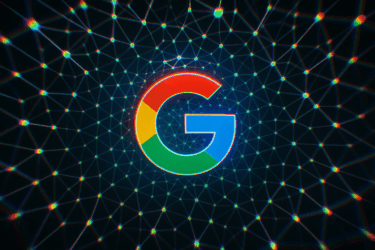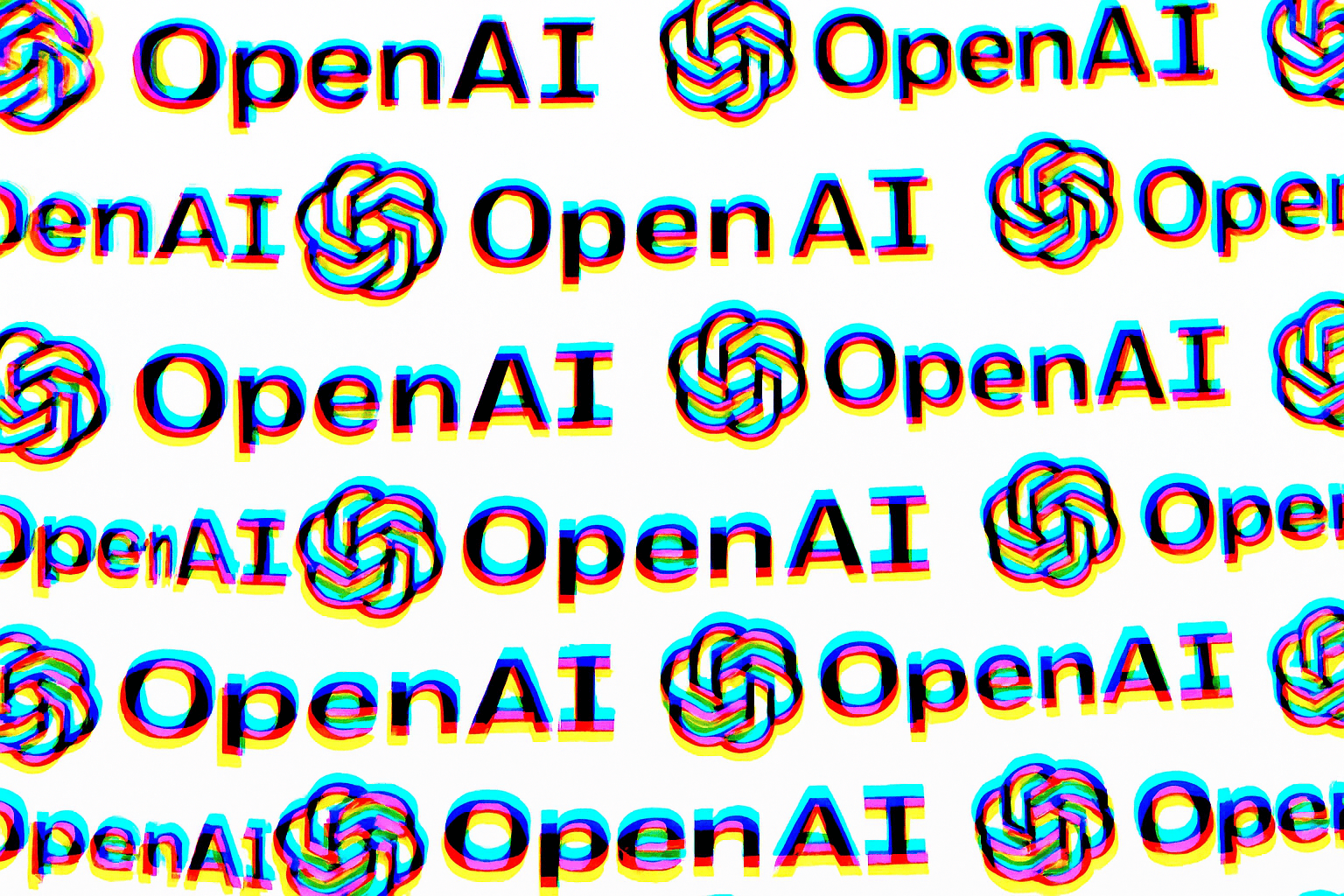Google's new TPU v7 Ironwood chips are now general available for training and running large AI models. According to Google, Ironwood delivers ten times the peak performance of the previous TPU v5p and is four times more efficient than the TPU v6e. Early adopters like Anthropic, Lightricks, and Essential AI are already using Ironwood for demanding AI workloads. Amin Vahdat, VP and GM for AI Infrastructure at Google, recently said every TPU Google has built so far is currently in use.
Alongside Ironwood, Google is introducing Axion, a new line of Arm-based virtual machines aimed at everyday computing tasks. Vimeo and ZoomInfo report that Axion N4A instances deliver up to 60 percent better price-performance than comparable x86 systems. With both Ironwood and Axion, Google is challenging competitors like Nvidia and working to offer more flexible AI infrastructure with better cost efficiency, especially for serving its own AI products like Gemini.









